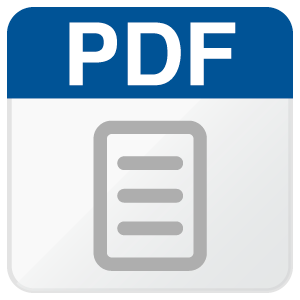Other Parts Discussed in Thread: THS3122, BUF634
Hi,
I want to design an "AC excitation" module to excite a coil between 100 kHz and 200 kHz (R=2 Ohm at DC, Z=50 Ohm at 150 kHz). I have a DDS (AD9833) which can generate sine wave with peak voltage of 0.65 V at 150 kHz. I want to amplify the signal with a power amplifier which can amplify the voltage to around 12 V (Gain=18) and provide sufficient current. I found two amplifiers: one is OPA564 and the other is THS3122. THS3122 has 450 mA output current, 26 Vpp Output voltage (RL=50 Ω), and 128 MHz -3dB BW so it seems that the gain is flat above 150 kHz.
1. My first question is that whether OPA564 is also a choice? My main concern is its GBW, which is 17 MHz. Suppose the gain is 20, the BW is then 17M/20=850 kHz, does that mean it is still sufficient for this application (100 kHz-200kHz)?
2. My second question is that if I want to excite the coil above 850 kHz (i.e. 1MHz), will OPA564 be a good choice still? I guess the answer is no because at that frequency the gain is smaller than 20 and is not flat so the output voltage amplitude is not constant when the frequency is different. Is it correct?
3. I also saw some people use a combination of op-amp and high-current buffer to achieve the function. Does anyone have any suggestions of the selection of the components?
Thank you very much for your help!


